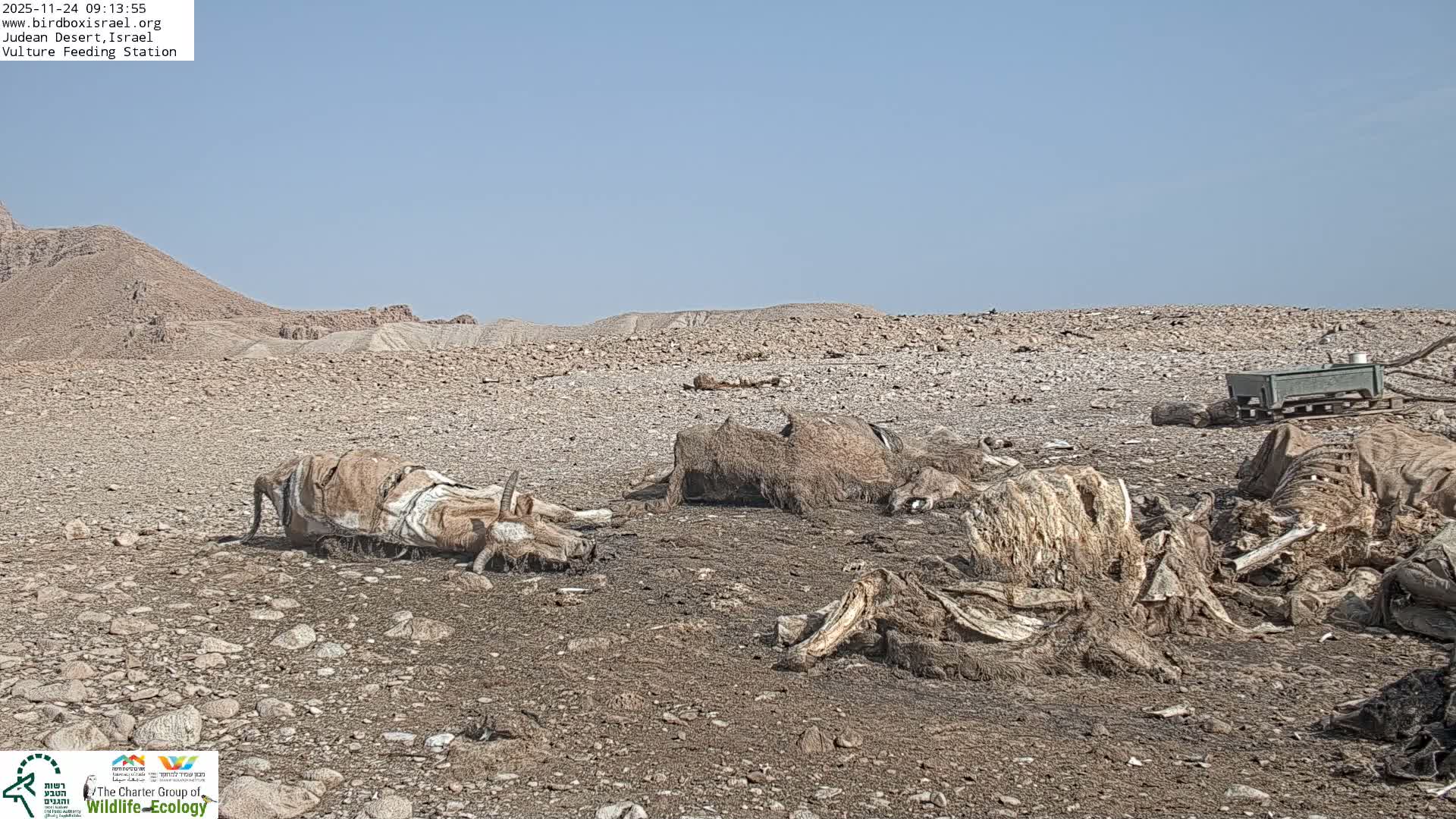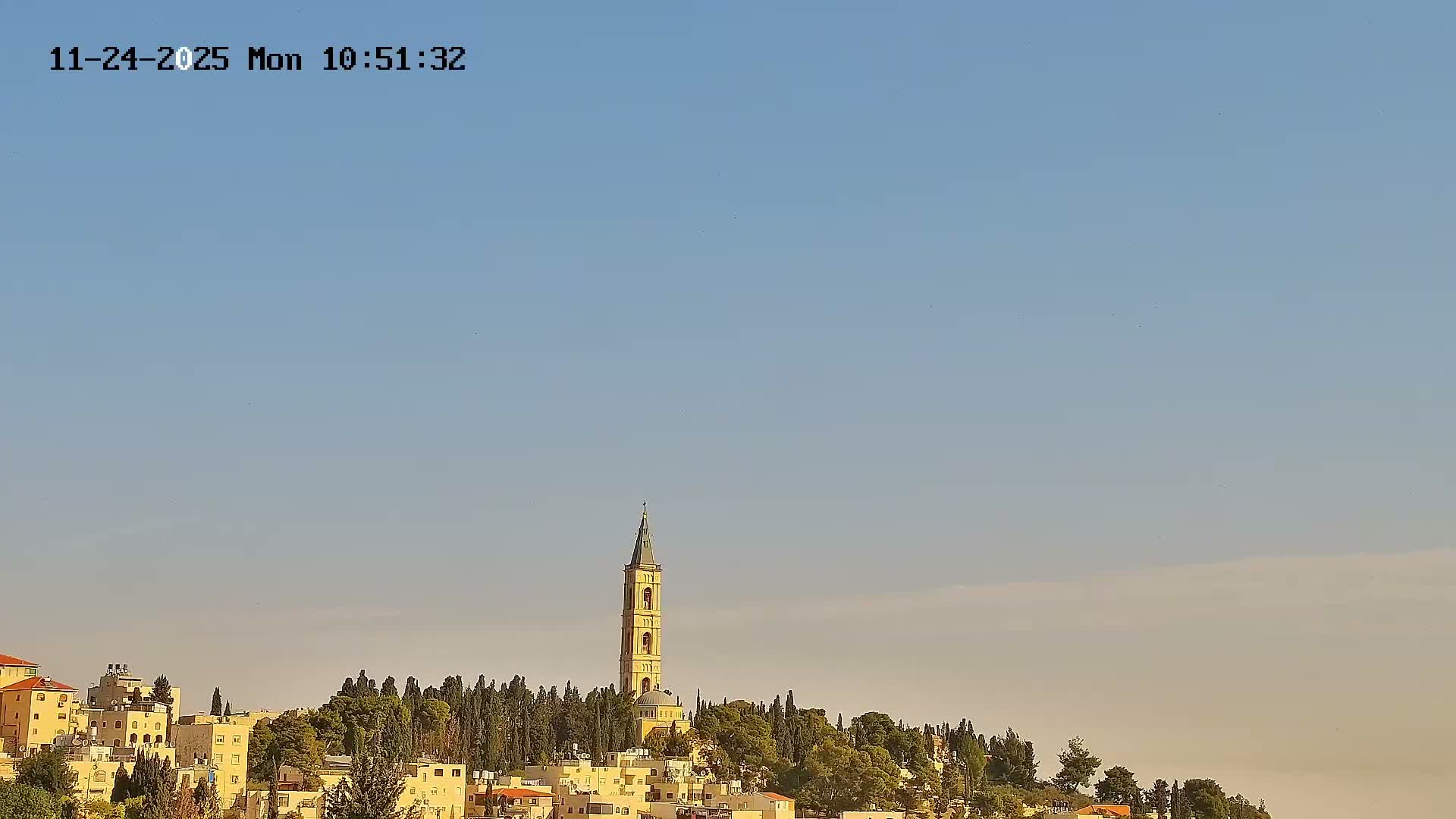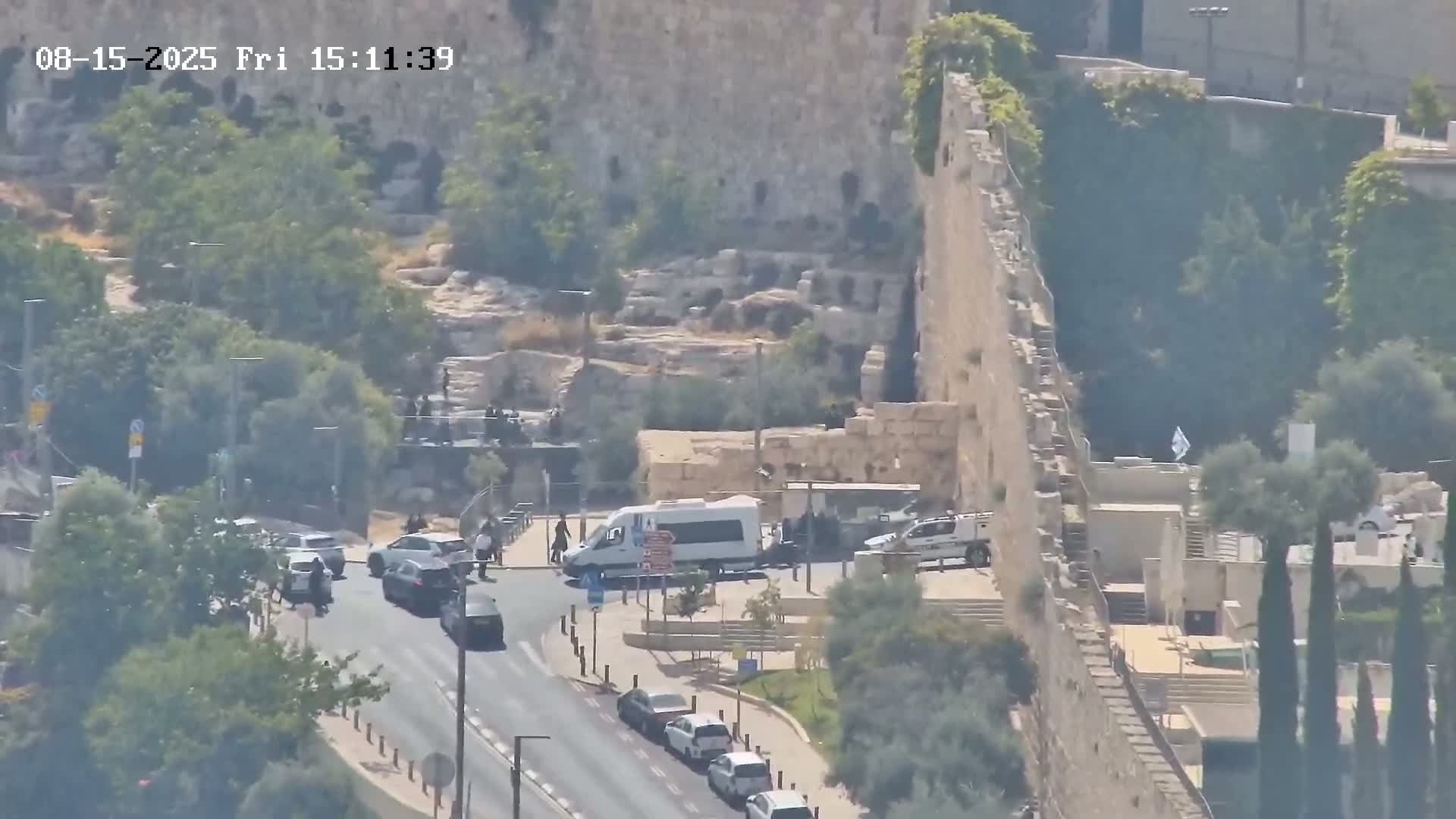Gaza Truce Falters Amid Renewed Violence; Israel-Hamas Peace Plan Faces Significant Challenges
 Palestinian Territory Occupied
Middle East Conflict
Palestinian Territory Occupied
Middle East Conflict

A fragile Gaza truce struggles as Israeli forces kill three Palestinians amid renewed violence. Diplomatic efforts continue, but challenges persist for Trump's
Gaza Ceasefire Under Strain as Violence Resurfaces and Peace Efforts Hit Roadblocks
A fragile ceasefire in Gaza, heralded globally just six weeks ago, is struggling to hold amidst renewed clashes. On November 24, Israeli forces reportedly killed three Palestinians in Gaza near the demarcation line, highlighting the immense difficulties in advancing a broader peace agreement.
Violent Incidents Undermine Truce
Palestinian medics reported two separate incidents on November 24. An Israeli drone strike east of Khan Younis killed two individuals and wounded another, while a tank shell on the eastern side of Gaza City claimed a third life. Israel's military stated it engaged what it identified as “terrorists” who crossed the “yellow line” and posed an immediate threat to its troops.
The current truce, signed on October 9 by Hamas and Israel, brought an end to two years of devastating warfare but deliberately sidestepped the most complex disputes, effectively freezing the conflict rather than resolving it. Since its inception, both sides have accused each other of grave breaches and of resisting the subsequent steps outlined in US President Donald Trump’s comprehensive 20-point peace plan for Gaza.
According to the Gaza Health Ministry, at least 342 Palestinians have been killed by Israeli fire since the truce began. Conversely, Israel reports the deaths of three of its soldiers due to militant gunfire within the same timeframe.
Trump's Peace Plan and International Backing
Last week, the United Nations Security Council formally endorsed Mr. Trump’s peace initiative. The plan proposes an interim technocratic Palestinian government in Gaza, to be supervised by an international “board of peace” and supported by an international security force. It also mandates significant reforms within the Palestinian Authority, which is based in the Israeli-occupied West Bank.
Former British Prime Minister Tony Blair, a key architect of the US-developed plan and a potential member of the proposed board of peace, met with Hussein al-Sheikh, the PA’s deputy leader, in the West Bank on November 23. Their discussions, as shared by Mr. Sheikh on social media, focused on the aftermath of the Security Council resolution and the prerequisites for Palestinian self-determination.
Cairo Talks and Deep-Seated Obstacles
Concurrently, a Hamas delegation, led by its exiled chief Khalil al-Hayya, engaged in discussions with Egyptian officials in Cairo to explore the next phase of the ceasefire. Hazem Qassem, a Hamas spokesman in Gaza, conceded the complexity of moving forward and informed Egypt, a crucial mediator, that Israeli violations were actively undermining the agreement.
A significant sticking point remains the formation and mandate of the international security force. Israel insists this multinational force must disarm Hamas—a demand the group has steadfastly rejected without the promise of Palestinian statehood. While Mr. Trump’s plan broadly envisions statehood as the ultimate stage, Israel has unequivocally ruled it out.
Mr. Qassem emphasized Hamas’s view that the force must play a role in safeguarding Palestinian civilians from the Israeli military. A Palestinian official close to the Cairo negotiations, speaking anonymously, expressed profound uncertainty: “There is complete uncertainty; the Americans haven’t put forward a detailed plan. It is unclear what kind of forces, what their tasks are, what their roles are, and where they will be stationed.” The official cautioned that “Any deployment of forces without a political track, without an understanding with all Palestinian factions and powers in Gaza, would complicate things even further.”





